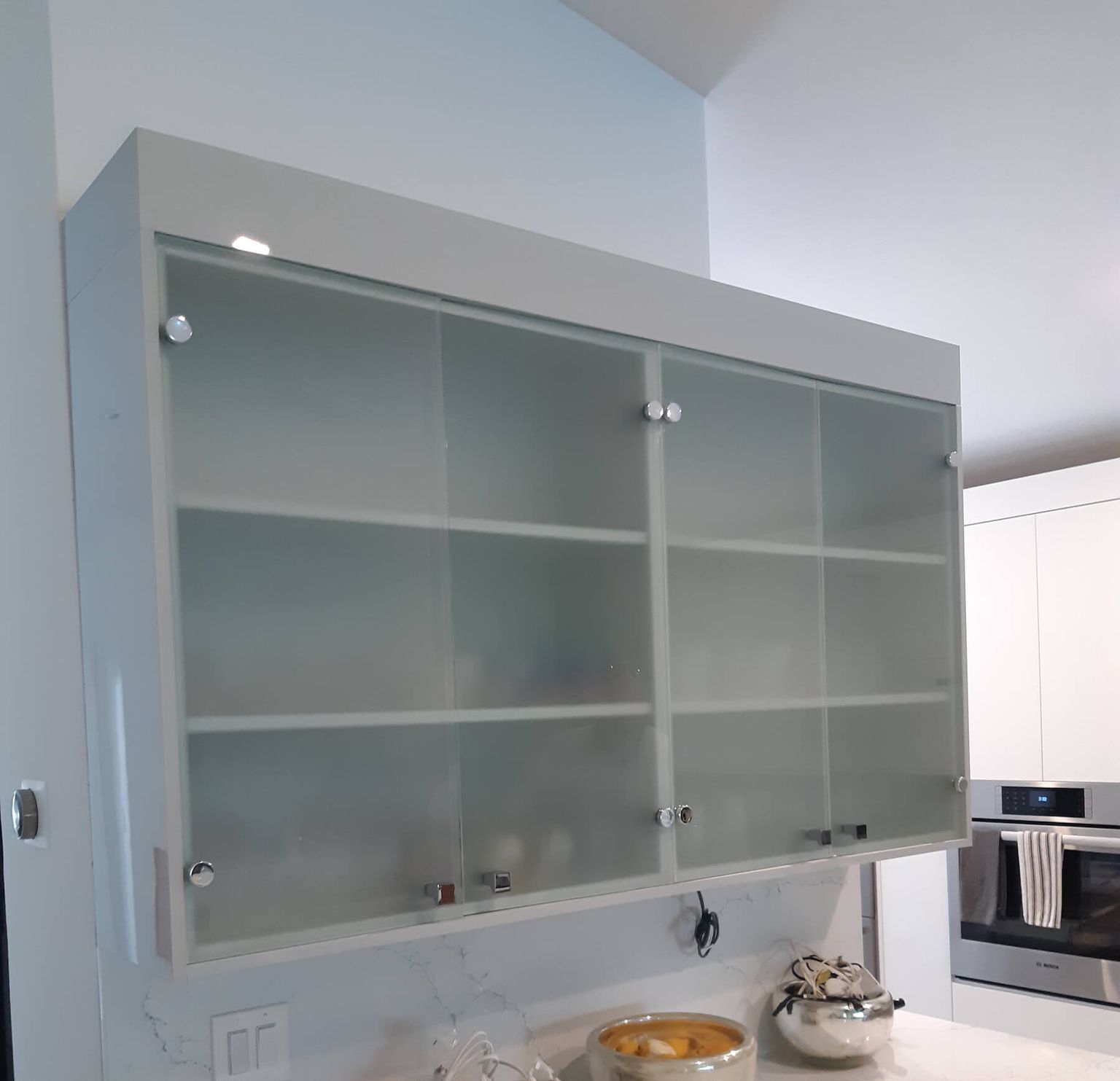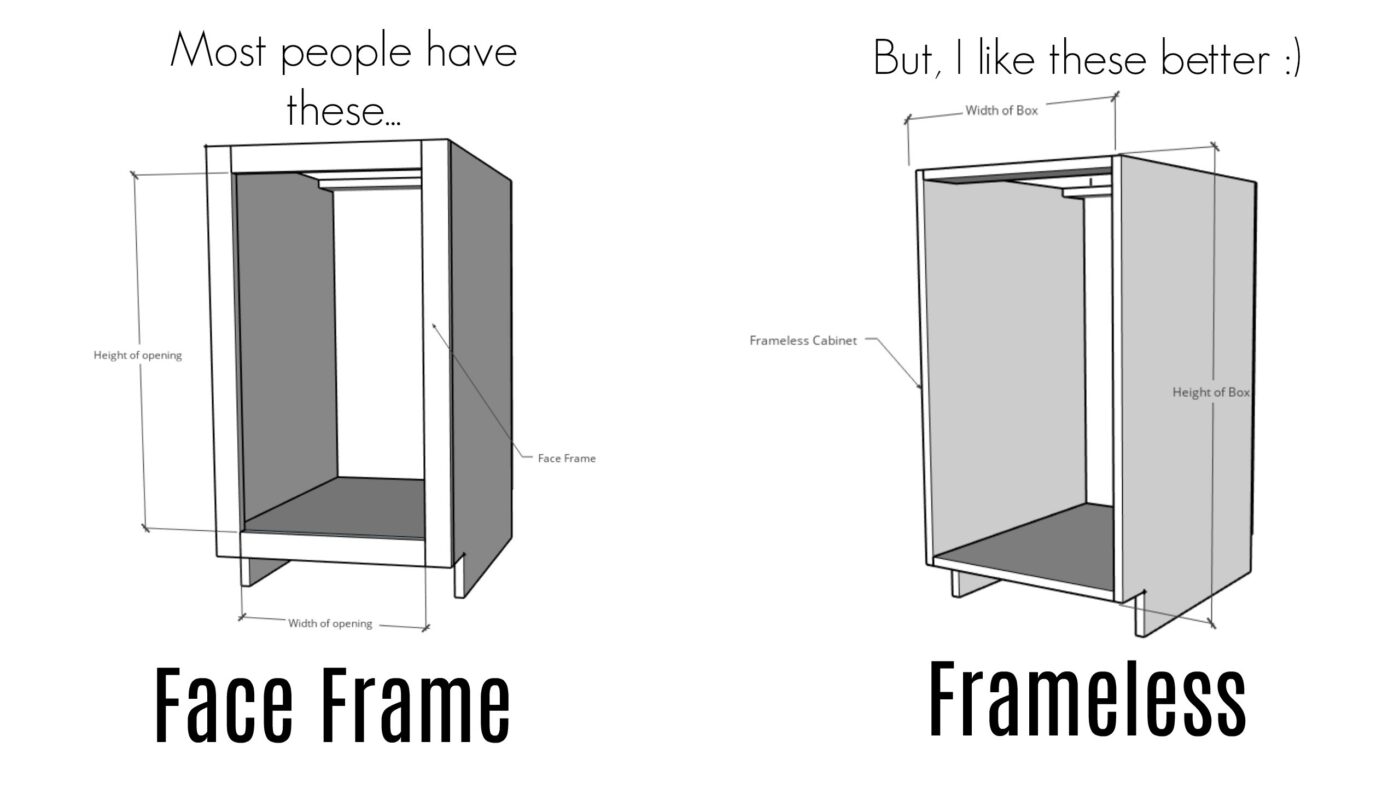Understanding Frameless Cabinet Door Sizes
The world of cabinetry, particularly frameless designs, holds a certain mystique. A subtle shift in measurement can unravel the carefully crafted illusion of seamless integration. Understanding the precise dimensions of your frameless cabinet doors is paramount to achieving a polished, professional finish. A seemingly insignificant error can ripple through the entire project, leaving you with a nagging sense of unease, a feeling akin to discovering a misplaced comma in a meticulously written novel.
Frameless cabinet doors, unlike their framed counterparts, rely on the precision of their dimensions and the flawless execution of their installation. They present a clean, modern aesthetic, favored for their sleek lines and minimalist appeal. This simplicity, however, demands accuracy in measurement and selection. A single millimeter off can be the difference between a satisfying conclusion and a project haunted by persistent imperfections.
Standard Frameless Cabinet Door Dimensions and Variations
Standard frameless cabinet door heights typically range from 24″ to 42″, while widths vary considerably, often reflecting the overall cabinet dimensions. However, these are merely guidelines; custom sizes are readily available to cater to specific needs and design preferences. The choice is influenced by several factors, creating a unique puzzle for each project. Variations in door size can also be dictated by the type of cabinet – a tall pantry cabinet will naturally demand taller doors than a standard base cabinet. The desired aesthetic also plays a crucial role; some designs may benefit from slightly oversized doors to create a bold, statement piece, while others might prefer a more understated, minimalist approach.
Factors Influencing Frameless Cabinet Door Size Selection
Several key elements influence the selection of appropriate frameless cabinet door sizes. The most significant is the cabinet’s dimensions themselves; the door should fit snugly within the cabinet opening, allowing for proper functionality and visual appeal. The style of the cabinetry also matters; a contemporary kitchen might favor larger, more dramatic doors, while a traditional setting might opt for more proportional sizes. Furthermore, the type of material used for the doors can influence the perception of size; a heavy, solid wood door might appear more substantial than a lighter, more delicate alternative, even if both are the same dimensions. The overall design scheme of the room is another important consideration, ensuring the cabinet doors harmoniously integrate with the surrounding décor.
Measuring Existing Cabinets for Accurate Door Sizing
Accurately measuring existing cabinets is crucial for a successful outcome. Begin by carefully cleaning the cabinet opening, ensuring no debris interferes with your measurements. Using a metal measuring tape, measure the width and height of the cabinet opening at multiple points. Record the smallest measurement for both width and height, as this will dictate the maximum size of the door. Consider the thickness of the cabinet frame when determining the appropriate door size. Any discrepancies between the cabinet opening and the door dimensions should be addressed through appropriate adjustments or shims during installation. Precision at this stage is paramount; any error here will manifest itself in the final product.
Common Frameless Cabinet Door Sizes and Corresponding Cabinet Dimensions
| Cabinet Type | Cabinet Width (inches) | Cabinet Height (inches) | Recommended Door Width (inches) |
|---|---|---|---|
| Base Cabinet | 30 | 34.5 | 29.5 |
| Wall Cabinet | 36 | 12 | 35.5 |
| Tall Pantry | 18 | 72 | 17.5 |
| Drawer Base | 24 | 34.5 | 23.5 |
Using a Frameless Cabinet Door Size Calculator

The seemingly simple task of ordering frameless cabinet doors can become a labyrinthine puzzle without the right tools. Accurate measurements are paramount, and a frameless cabinet door size calculator acts as your compass, guiding you through the potentially treacherous waters of miscalculations and costly mistakes. These online tools streamline the process, eliminating the guesswork and ensuring your doors fit perfectly.
Frameless cabinet door size calculators offer a variety of features and functionalities, differing in their complexity and the level of detail they provide. Understanding their capabilities is key to selecting the right tool for your needs.
Types of Frameless Cabinet Door Size Calculators
Several online resources offer frameless cabinet door size calculators. Some are integrated into larger cabinet design websites, while others are standalone tools. These calculators often differ in their user interface, the number of input parameters they require, and the level of detail provided in their output. For instance, some might only calculate the door size based on the cabinet opening, while others might account for overlay, reveal, and other design elements. One might present a simple numerical output, while another might generate a visual representation of the door within the cabinet. The variety reflects the diverse needs of DIY enthusiasts and professional cabinet makers alike.
Input Parameters and Their Significance
The accuracy of the calculated door size hinges on the accuracy of the input parameters. These calculators typically require several key measurements. Providing incorrect information will invariably lead to incorrect results.
- Cabinet Height: The vertical dimension of the cabinet opening, measured from the top to the bottom edge.
- Cabinet Width: The horizontal dimension of the cabinet opening, measured from one side to the other.
- Cabinet Depth: The inward dimension of the cabinet opening, measuring from the front to the back.
- Overlay: This refers to how much the door overlaps the cabinet face frame. This value is crucial for frameless cabinets, as it directly affects the final door size. A common overlay is 1/2 inch (12.7mm).
- Reveal: This is the gap visible between the cabinet face and the door when it is closed. A reveal of 1/8 inch (3.2mm) is common, providing a clean aesthetic.
- Door Style: Some calculators allow you to select the door style (e.g., flat panel, shaker, raised panel), which can influence the final dimensions, particularly if there are design elements like raised panels or decorative moldings that require additional space.
Interpreting the Results
Once the input parameters are entered, the calculator will generate the required dimensions for your frameless cabinet doors. The output typically includes the following:
- Door Height: The precise height of the door needed to fit within the cabinet, considering the overlay and reveal.
- Door Width: The precise width of the door needed to fit within the cabinet, considering the overlay and reveal.
- Possible Warnings or Errors: Some calculators might issue warnings if the input parameters result in an unusual or potentially problematic door size. For instance, if the specified overlay is too large for the cabinet opening, the calculator might flag this as a potential issue.
For example: Let’s say you have a cabinet with a height of 36 inches, a width of 24 inches, a depth of 12 inches, a 1/2-inch overlay, and a 1/8-inch reveal. A calculator might output a door height of 35 3/8 inches and a door width of 23 3/8 inches. These adjusted dimensions account for the specified overlay and reveal, ensuring a perfect fit. Another example: A cabinet with a height of 30 inches, width of 18 inches, and a 3/4 inch overlay might result in a door height of 29 1/4 inches and a door width of 17 1/4 inches, showing how different overlays impact final dimensions.
Creating Your Own Frameless Cabinet Door Size Calculator (Conceptual)

The allure of crafting a frameless cabinet door size calculator whispers a promise of precision and control, a siren song to those weary of imprecise measurements and frustrating miscalculations. This undertaking, while seemingly straightforward, holds within it a certain enigmatic charm, a subtle dance between mathematical logic and user-friendly design. The journey, however, is not without its challenges; it demands careful consideration of variables, meticulous algorithm design, and an intuitive user interface.
Algorithm Design for Frameless Cabinet Door Size Calculation
A simple algorithm for calculating frameless cabinet door sizes hinges on the accurate capture of essential cabinet dimensions. The core process involves gathering input from the user, processing this data through established formulas, and presenting the calculated door dimensions. This seemingly simple process, however, requires a robust framework to handle various scenarios and potential user errors. The algorithm should be designed to be adaptable to different cabinet configurations and readily accommodate future expansion and refinement.
Key Variables and Formulas, Frameless cabinet door size calculator
The foundation of any effective calculator rests on the correct identification and utilization of key variables. Crucial variables include cabinet width, cabinet height, desired number of doors, and desired overlap (if any) between doors. The core formula for calculating individual door width would involve dividing the total cabinet width by the number of doors, taking into account any desired overlap. For example: Door Width = (Cabinet Width - (Overlap * (Number of Doors - 1))) / Number of Doors. Similarly, the door height would be derived from the cabinet height, considering any desired reveal or gap between the door and the cabinet. Careful consideration must be given to handling edge cases, such as scenarios with odd numbers of doors or the inclusion of additional features.
User Interface Design
A well-designed user interface is paramount to the usability and success of any calculator. Imagine a clean, uncluttered layout, perhaps with a minimalist aesthetic. The interface should feature clearly labeled input fields for cabinet width, cabinet height, and the number of doors. An optional field could be included for specifying door overlap. Upon inputting these values, the calculator should instantly display the calculated door width and height. Clear visual feedback mechanisms, such as color-coded indicators or progress bars, could enhance the user experience. The interface should also include a button to initiate the calculation and potentially a “reset” button to clear all input fields. Error handling should be integrated seamlessly, providing informative messages to the user in case of invalid input, such as negative values or non-numeric entries. A visual representation of the calculated door dimensions overlaid on a simplified cabinet schematic could provide an additional layer of clarity and user reassurance.
Creating Accurate and Reliable Content Without AI Tools
The creation of accurate and reliable content requires a meticulous and painstaking approach, a far cry from the swift, albeit sometimes imprecise, output of AI tools. The process begins with rigorous research, drawing upon trusted sources such as woodworking handbooks, industry standards, and verified online resources. Each formula and calculation must be independently verified through multiple sources and cross-referenced to ensure accuracy. The design process involves numerous iterations of testing and refinement, ensuring the algorithm functions correctly across a wide range of input values. The user interface must be meticulously crafted and rigorously tested to ensure its intuitiveness and error-free operation. This process, while time-consuming, guarantees the integrity and reliability of the final product, fostering trust and confidence in its accuracy. The final result is a testament to human ingenuity and attention to detail, a far cry from the often-superficial output of automated tools.
